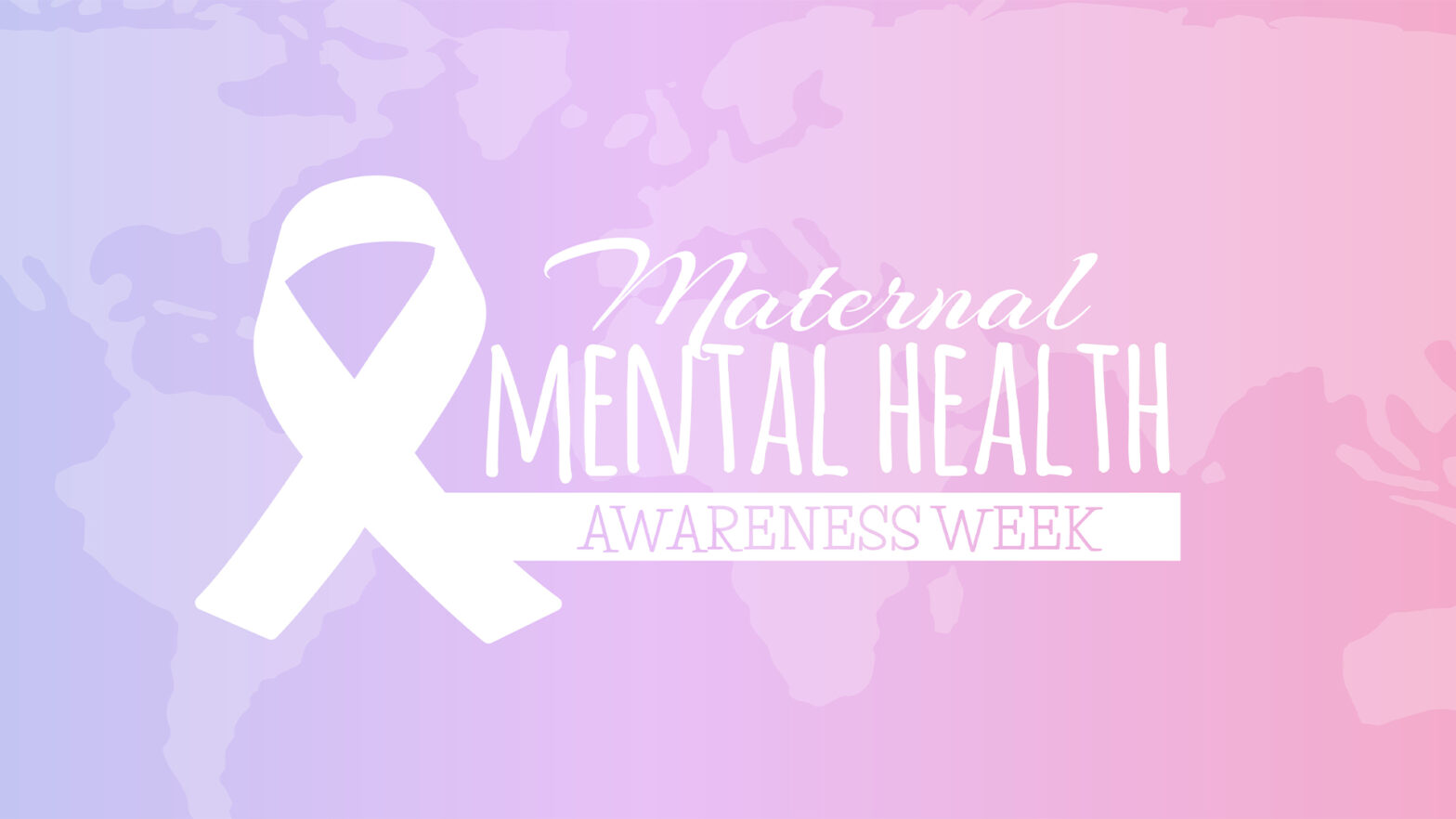
https://pixabay.com/photos/psychology-psychotherapy-531071/
If you’ve ever felt held back by fear or anxiety, you’re not alone. As the world gets more mindful of mental health issues, we learn anxiety is one of the most common. According to the World Health Organization, around 301 million people were diagnosed with some form of anxiety disorder in 2019.
Besides anxiety, many people suffer from crippling fears and phobias that affect their quality of life. All these three disorders are somewhat similar and may show long-term improvement if treated with exposure therapy.
In today’s post, we’ll talk about what exposure therapy entails and what you need to know about this form of mental health treatment.
What is Exposure Therapy?
In plain terms, exposure therapy helps people confront their fears by gradually exposing them to the very situations that cause them to panic. Imagine standing at the edge of a pool, dipping your toes into the water before plunging in. Exposure therapy follows a similar principle but applies it to your psychological well-being.
The main purpose of this treatment is to help your brain understand that the problem is not as big as it seems (or is non-existent). When you face what scares you in a controlled environment, your brain starts to adapt. As a result, new neural pathways appear, and the ones that lead to discomfort slowly die down (which is known as extinction in psychology).
When interpreting extinction in psychological terms, specialists talk about taking away the reward or the reinforcing factor. It’s a way to interrupt the patterns that need to change through conscious behavior (since fear and anxiety are irrational responses).
Think about how repeated exposure makes scary movies less frightening because you know how they’re made – this works much in the same way. By gradually exposing yourself to the source of your anxiety, you chip away at its power over you.
The method has been proven to help with various conditions besides anxiety, like PTSD, OCD, and phobias.
What You Should Know
If you or someone you know receives the recommendation to try exposure therapy, there are a few things to know.
1. Results Take Time
When you begin exposure therapy, it’s not about diving into the deep end immediately. Your therapist will help you create what’s called an “exposure hierarchy.” This is essentially a list that starts with less anxiety-provoking situations leading up to the most terrifying ones.
For example, if spiders send shivers down your spine, step one may simply involve talking about spiders. As you grow more comfortable at each stage, real-life interaction inches closer and closer until, finally, it’s manageable!
2. There are Limitations
Exposure therapy isn’t a solo journey. You need trained professionals to guide you and provide support throughout the process. Furthermore, some professionals don’t like to use it because there’s a chance it will make symptoms worse (especially in the case of PTSD).
In all fairness, the success rate is quite convincing. However, the therapy must be implemented correctly. Otherwise, its effects may get lost over time. This is why the treatment is lengthy and requires quite a lot of mental effort.
3. There are Other Methods
If your therapist doesn’t consider exposure therapy to be the best path for you, it’s best not to push forward. There are other ways to deal with stress and anxiety, especially if you have it under control.
For instance, regular physical exercise comes with a wide range of benefits, and one of them is helping reduce anxiety. It may not help with your mild fear of spiders, but if it doesn’t impact your life, it’s best to learn how to keep it under wraps when an eight-legged individual appears.
Wrap Up
Exposure therapy is a transformative approach that can empower you to take back the reins from fear. By carefully and systematically confronting anxieties, this method helps diminish the power they hold over your life. If you’re ready for change, this therapeutic tool offers a proven pathway to recovery, resilience, and, ultimately, a newfound sense of freedom.
However, it’s not for everyone. And, while you may integrate some methods in your daily life (for mild fears and anxieties), you should never try to do the entire process without a professional present.

















